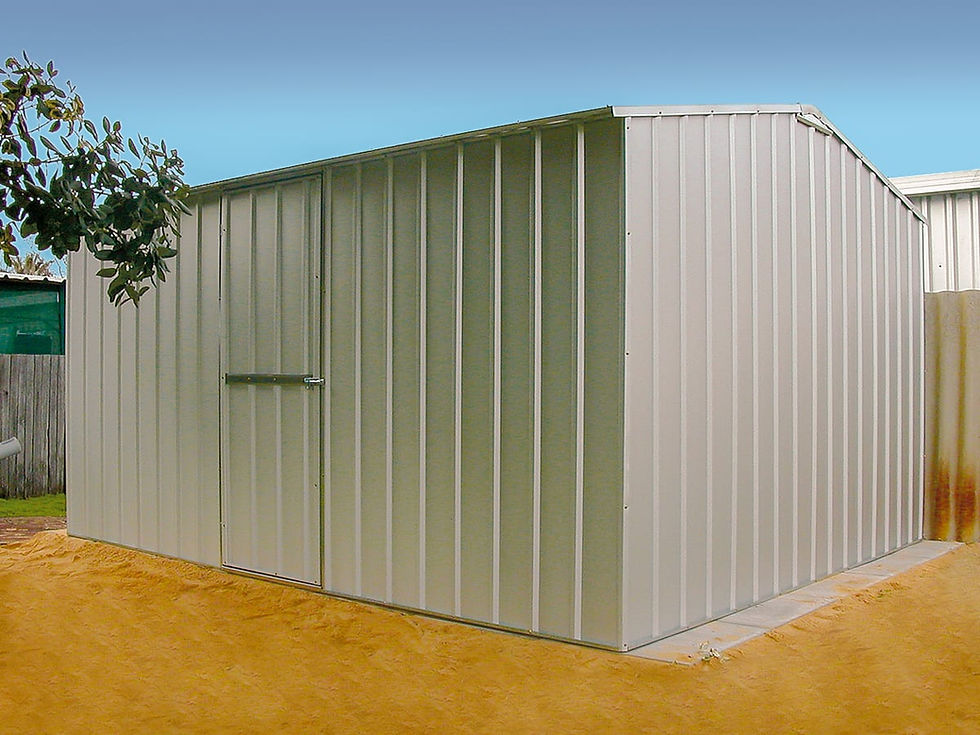Top 5 Mistakes New Gardener Make and How to Avoid Them
- kristinannieblog
- Oct 7, 2024
- 4 min read
Updated: Nov 13

Are you new to the horticultural world, excited by sowing, growing, and the secrets that your garden holds, but a tad nervous about the stumbling blocks in your way? Does the fear of committing a gardening faux pas thwart your zest to cultivate a green thumb? Let's assuage your anxiety; even the most experienced gardener has endured these challenges.
Unveiling the secrets of a successful garden can be a daunting task, particularly for the novice gardener. From understanding plant peculiarities to battling pests and diseases, the principle of trial and error rings truer nowhere than in a start-up garden. This in-depth guide will explore the five most common gardening mistakes, the consequences and considerable insights to sidestep such pitfalls.
In this comprehensive narrative, you’ll learn not only what to avoid, but also gain essential guidance and tips to cultivate a vibrant, thriving garden. Armed with this knowledge, you can move forward with aplomb, ready to embrace your gardening journey with heightened confidence.
Planting Without Planning
The urge to dive straight in with a trowel and a tray of seedlings is understandable. The pleasure derived from turning an empty plot into a hopeful garden is, indeed, alluring. However, this can lead to complications. Blindly adding plants without considering their specific needs like light, soil quality, and space can potentially lead to a garden disaster.
Instead, take time to study each plant's requirements beforehand and allocate spaces in your garden accordingly. Observe where the sunlight falls, the areas that remain shady, and the spots that are naturally soggy or dry. This understanding of your garden terrain will assist in placing each plant in its ideal environment.
Even the simple act of sketching your garden layout can prove beneficial in transforming your garden from a 'random yard of greenery' to a 'well-curated botanical oasis.' Patience and careful planning are the keys to a successful green space.
Disregarding Soil Health
Soil is much more than just dirt; it's a complex web of organic matter, minerals, air, water, and microorganisms. Ignoring soil health is akin to building a house on a crumbling foundation.
Ensure that you mix in plenty of compost or well-rotted manure into your soil before planting. This not only improves soil texture but, crucially, promotes the proliferation of beneficial microbes that convert raw materials into essential plant nutrients.
Moreover, a simple pH test can reveal the acidity or alkalinity of your soil. Armed with this information, you can select plants that thrive naturally under those conditions, or modify the pH level to suit the plants you wish to grow.
Overwatering and Underwatering
Too much or too little water are two extremes that can send your plants into survival mode. Overwatering can cause root rot, while underwatering can leave plants parched and weak.
The trick to mastering watering is to observe your plants and understand their individual watering needs. The general rule of thumb is to water deeply and infrequently, making sure the water penetrates to the root level, encouraging deeper root growth.
Take into account factors like plant type, climate, and weather conditions. A little research and observation go a long way in ensuring your plants' water needs are met, but not exceeded.
Neglecting Pest Control
Invasion of pests can swiftly turn your garden dreams into a nightmare. Ignoring the early signs of an infestation can result in a garden struggling for survival.
Regularly check your plants for signs of pests and disease. Yellow leaves, holes, or sticky residue can be early indicators. Prompt action can prevent these pests from spreading to other areas of your garden. There are numerous organic and chemical remedies available to combat common garden pests.
Remember, a healthy plant is often the best defense against pests and diseases. Ensuring your plants are well-nourished and stress-free can mitigate predisposition to pest attack.
Ignoring Plant Spacing Guidelines
Cramming plants together might seem like a good way to get a lush garden fast, but it's a recipe for disaster. Plants deprived of their personal space compete for resources and eventually weaken, making them susceptible to pests and disease.
Gauge the mature size of each plant and space them accordingly. This will ensure every plant gets its share of water, nutrients, and, importantly, airflow. Proper plant spacing also prevents the spread of diseases by denying them easy passage from one plant to another.
Blooming Conclusion
Embarking on the gardening journey is peppered with challenges, but therein lies the invaluable joy of learning and growing alongside your green friends. Keep in mind these common missteps and their solutions as you navigate your way through the world of gardening.
Be patient with yourself; it's entirely okay to make mistakes. After all, mistakes often metamorphose into opportunities for enhancements. Listen to your plants, observe their responses to your care; they are your best teachers. Remember, every skilled gardener was once a beginner too. Your garden is your canvas; all you need is the knowledge – your guide, and the confidence to experiment, explore, and evolve. The bloom of resilience in the face of adversity is the most treasured blossom in the garden of life. Unearth the joy of growing; Happy Gardening!
Special Garden Design
167 Corrigan Rd, Noble Park VIC 3174








Comments